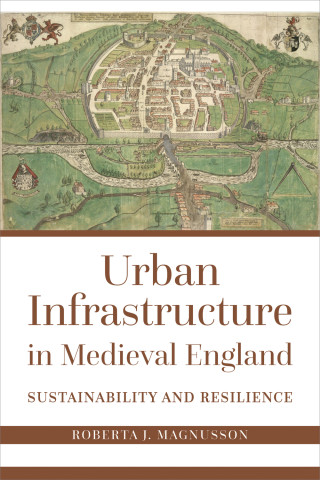
Reviews
Written in clear and engaging prose, Inscriptions of Nature will become mandatory reading for scholars and the broader public interested in how the field sciences shaped notions of race and racism, planetary geography, and deep time that persist in the present day.
Pratik Chakrabarti's Inscriptions of Nature provides an impressive study of the development and deployment of geology and deep time in imperial India during the nineteenth century....Inscriptions of Nature is a grand success.
Offering an idiosyncratic new history of connected geology, archaeology, and the history of central and northern India, Inscriptions of Nature could only have been written by one scholar. Chakrabarti's valuable interpretation speaks directly to the current conversation on deep history engaging modern historians around the world. A pleasure to read.
A terrific study of the interplay between the human imagination of deep time and the history of the geological sciences. Moving across northern and central India, the analysis shows how colonial empire in South Asia and sciences of antiquity and prehistory in Europe made each other in the last two hundred years.
This is a marvelous study. The author guides the reader on a journey through prehistory and Vedic antiquity to the bedrock of Gondwanaland itself. This portal into deep time reveals the profound importance of the geological imagination and suggests its continued relevance in the turbulent present.
Conceptually provocative, Inscriptions of Nature digs deep into the knowledge ecologies of colonial India, excavating the blended cultural landscapes of geology, anthropology, and history. In writing this fascinating history of the present, Chakrabarti thus opens to scrutiny the colonial bedrock of concepts of the Anthropocene.
Book Details
Introduction: Past Unlimited
1. The Canal of Zabita Khan: The Nature of History
2. Ancient Alluviums: Landscapes of Antiquity
3. Mythic Pasts and Naturalized Histories: The Deep History of Sacred
Introduction: Past Unlimited
1. The Canal of Zabita Khan: The Nature of History
2. Ancient Alluviums: Landscapes of Antiquity
3. Mythic Pasts and Naturalized Histories: The Deep History of Sacred Geography
4. Remnants of the Race: Geology and the Naturalization of Human Antiquity
5. The Other Side of Tethys: Gondwana and the Geology of Primitivism
Conclusion: The New Deep History






